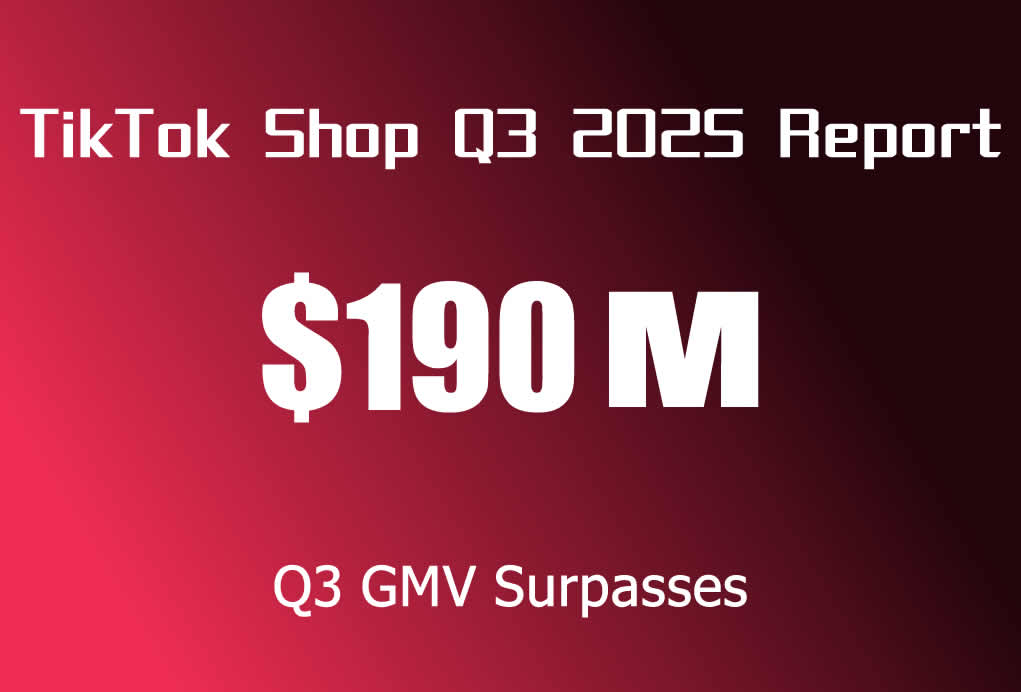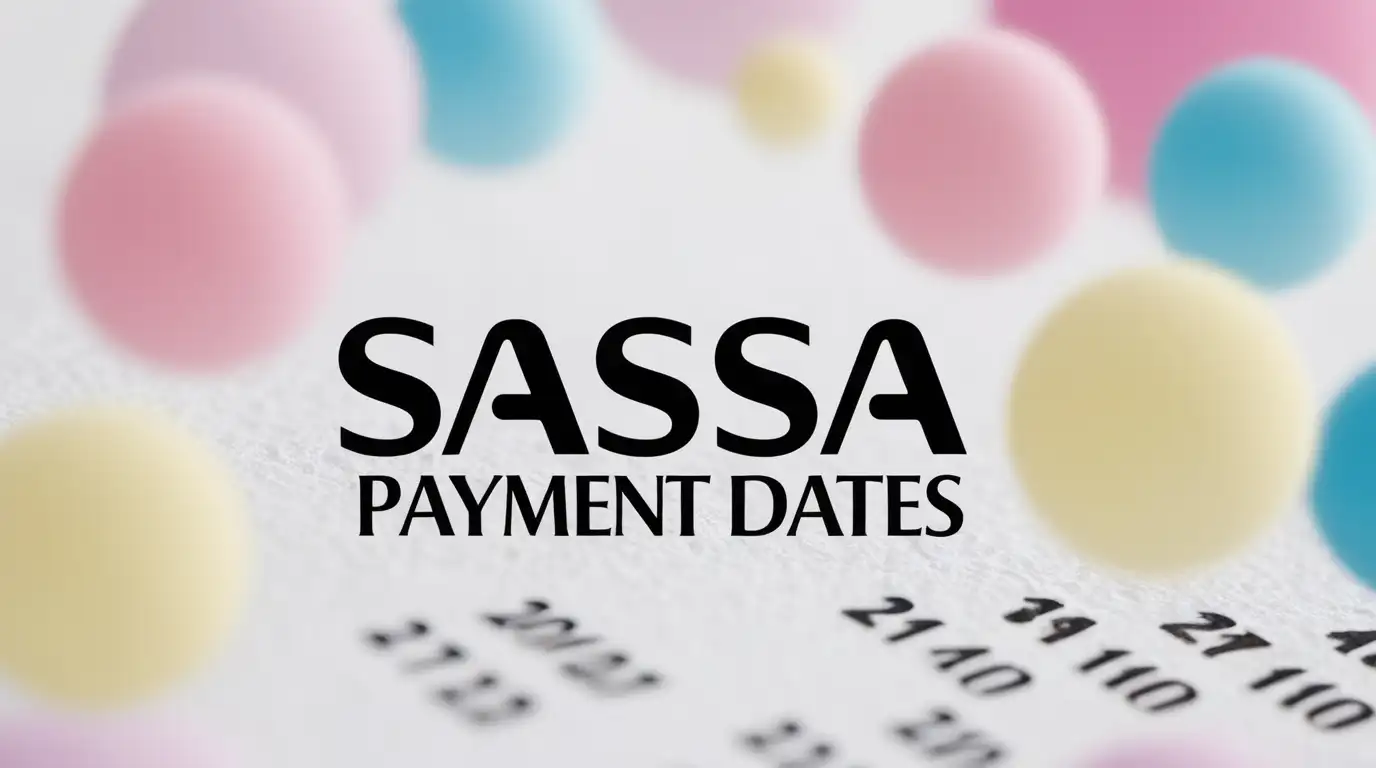Google UAC 2.5 bidding can be estimated based on the actual CPI price and the conversion rate of subsequent events.
For instance, if the CPI is 1 and the target action is a purchase with a 20% conversion rate, the cost per event would be 5. Typically, when setting up UAC 2.5, you might set a theoretical price of 5.
However, in practical deployment, bidding adjustments are necessary:
1.Low Competition: When there’s little competition, although the theoretical price is 5, your actual bid may not need to be 5. In such cases, starting with half of the theoretical price, like 2.5, and observing with a modest budget is common. You might find 2.5 sufficient, but occasionally, increasing to 3 or 4 may be needed, depending on competition.
2.High Competition: In highly competitive scenarios, you may need to bid close to or slightly higher than the theoretical price, or even 3-4 times higher. This approach is observed in industries like gaming and micro-loans. Google’s bidding logic is unique; bidding high doesn’t necessarily mean higher costs due to its second-price auction model (second highest bid + 0.01).
Internal and external competition factors include scenarios where, as an agency, if the client bids 5, bidding 2.5 isn’t viable—you might need to bid 5.5. Conversely, if you’re the client and competing with similar products, starting at 2.5 is feasible initially, but adjusting to match competitors’ bids becomes necessary over time.
Focus on internal competition metrics and aim for bids around half or two-thirds of your target to start, adjusting as needed when competing with other parties for exposure.
These strategies are typically geared towards clients with limited budgets. Wealthier clients may bid aggressively upfront, with costs stabilizing after the initial campaign phase.
3.Multiple Event Bidding: Combining multiple events under UAC 2.5 involves calculating each event’s conversion rate. For example, a product with a CPI of 1 might include a 25% purchase rate, 50% registration rate, and 25% level completion rate, totaling 2.5. While theoretically, 2.5 might suggest a bid of 1, practical deployment often sees bids slightly higher, like 1.2-1.5, to expedite learning while preparing to adjust bid amounts.
It’s generally advisable against simultaneous bidding for multiple events, especially with significant discrepancies, as the system tends to prioritize easier-to-achieve goals like registrations.
However, in practice, simultaneous bidding for multiple events might occur under the guise of 3.0, aggregating various payment thresholds (e.g., greater than 10, 20, 50, 100 units) to weight conversions from larger-paying users across multiple events.
These strategies outline a nuanced approach to optimizing bids under Google UAC 2.5, balancing theoretical pricing with practical bidding adjustments based on competition and event complexities.




